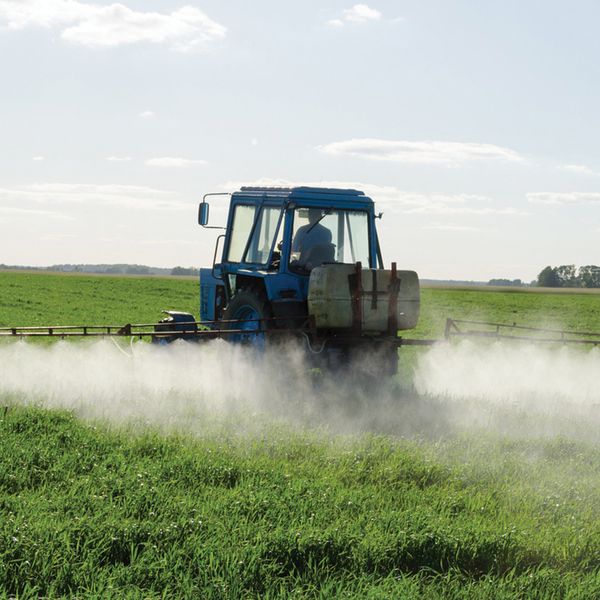Acetic acid, 2-ethylhexyl ester and nitric acid pesticide tolerances
Two final pesticide rules went into effect on November 8, 2022. The first rule set an exemption from the requirement of a tolerance for residues of acetic acid, 2-ethylhexyl ester when used as an inert ingredient at a concentration up to 50 percent in pesticide formulations applied to growing crops. The second rule set an exemption from the requirement of a tolerance for residues of nitric acid when used as an inert ingredient applied to crops and raw agricultural commodities pre- and post-harvest, limited to a maximum of 10 percent by weight in the pesticide formulation. These actions could impact you if you are an agricultural producer, food manufacturer, or pesticide manufacturer. In general, EPA exempts inert ingredients from the requirement of a tolerance based on the low toxicity of the individual inert ingredients.
The regulations eliminate the need to establish a maximum permissible level for residues of nitric acid and acetic acid, 2-ethylhexyl ester when used in accordance with the terms of the exemption. Objections and requests for hearings for either final rules must be received on or before January 9, 2023.
There were no adverse effects or systemic toxicity below 1,000 mg/kg/day associated with acetic acid, 2-ethylhexyl ester. Toxicity data on sodium nitrate were used to characterize toxicity due to exposure to nitric acid. Based on this data, nitric acid is expected to have low oral acute toxicity.
The Federal Food, Drug, and Cosmetic Act allows the Environmental Protection Agency (EPA) to establish an exemption from the requirement for a tolerance only if EPA determines that the tolerance is safe. This means that there is a reasonable certainty that no harm will come from aggregate exposure to the pesticide chemical residue, including all expected dietary exposures and all other exposures for which there is dependable data.
Key to remember: Two final rules establish an exemption from the requirement of a tolerance for residues of nitric acid and acetic acid, 2-ethylhexyl ester when used as an inert ingredient in certain situations.



















































